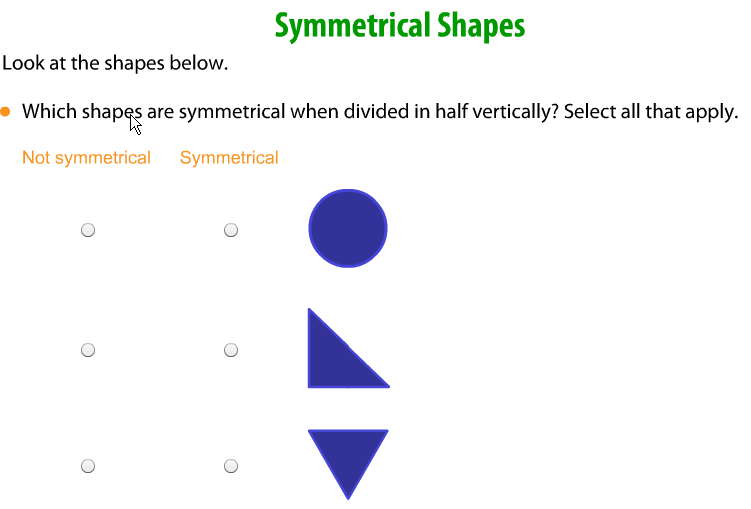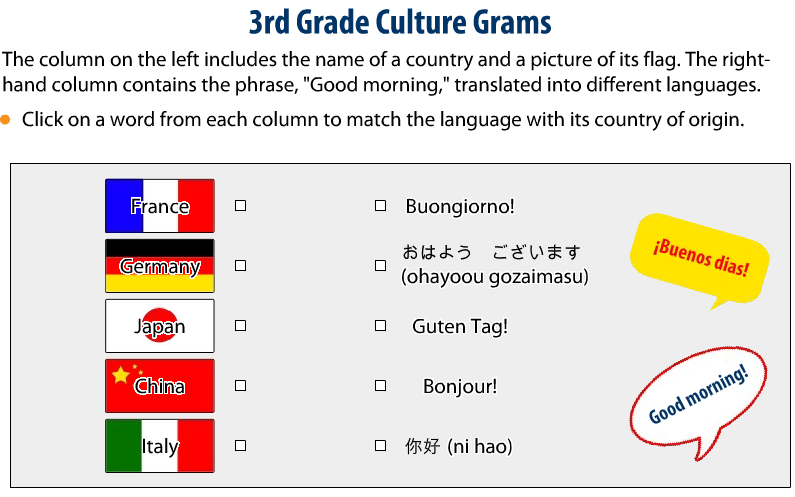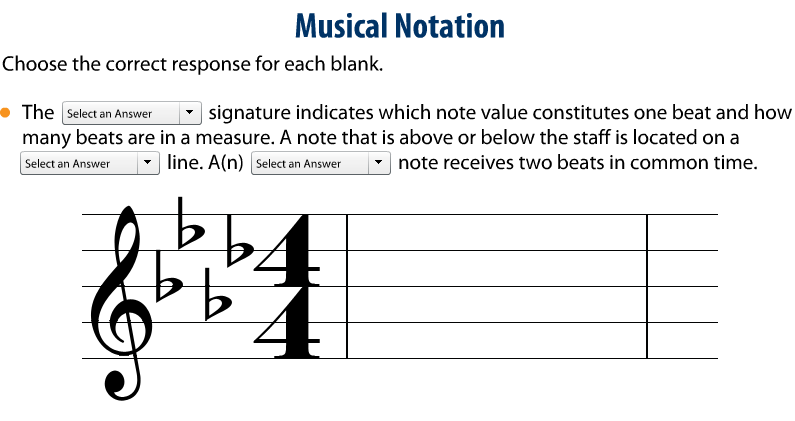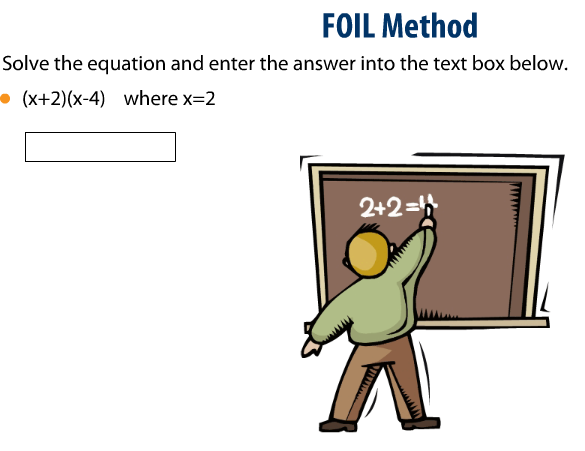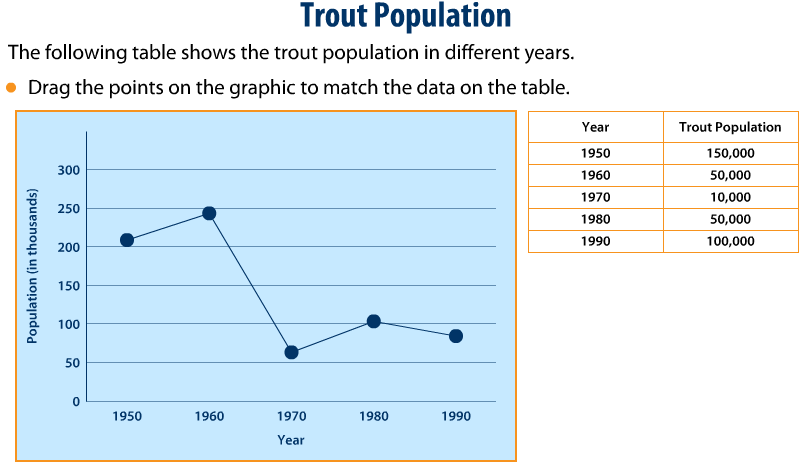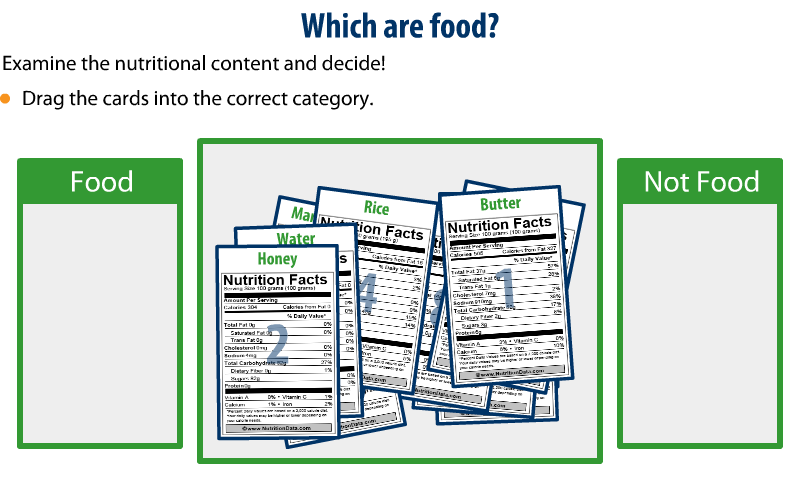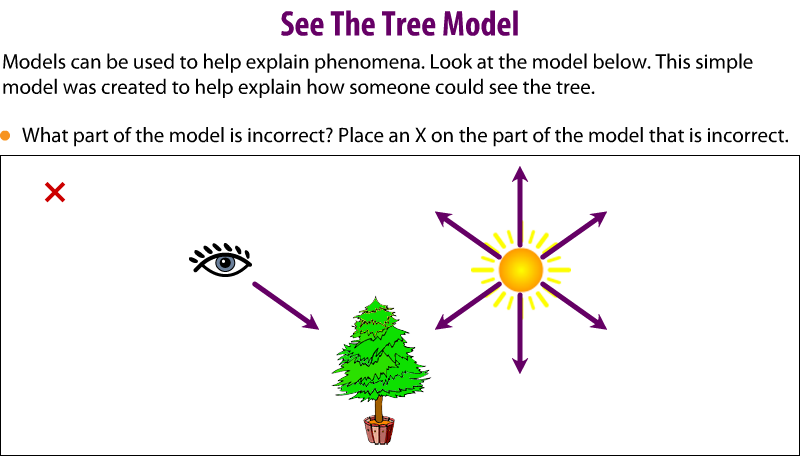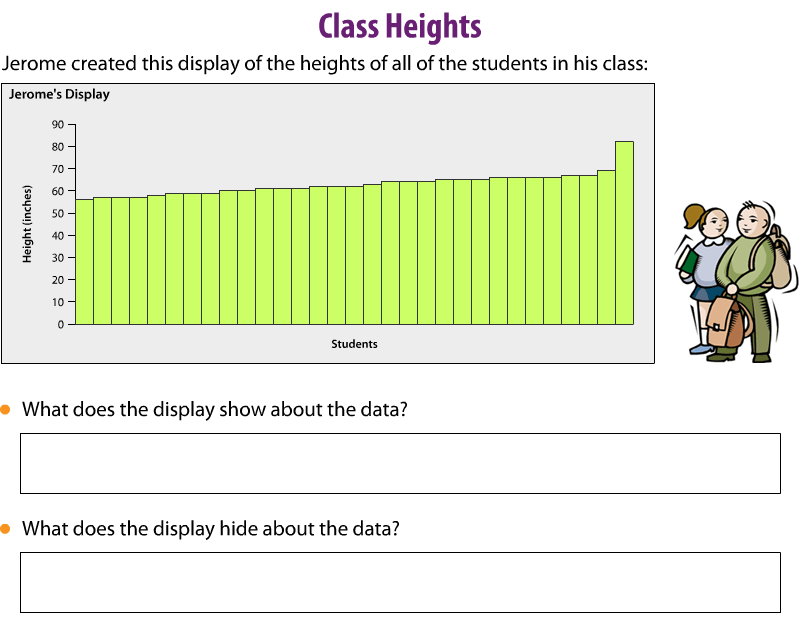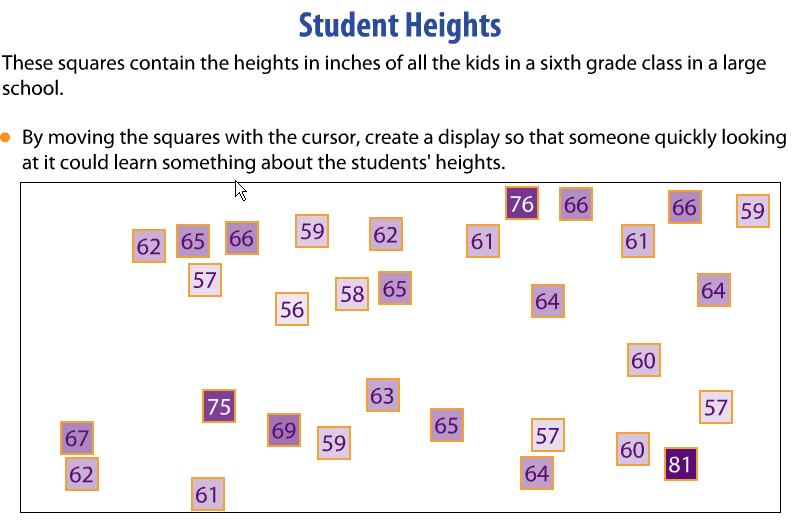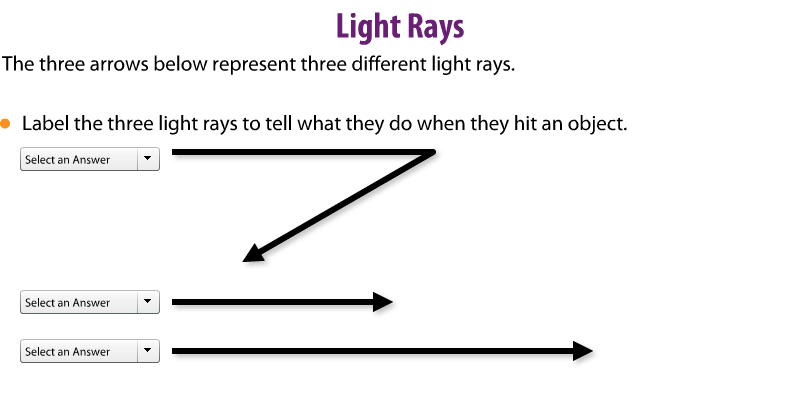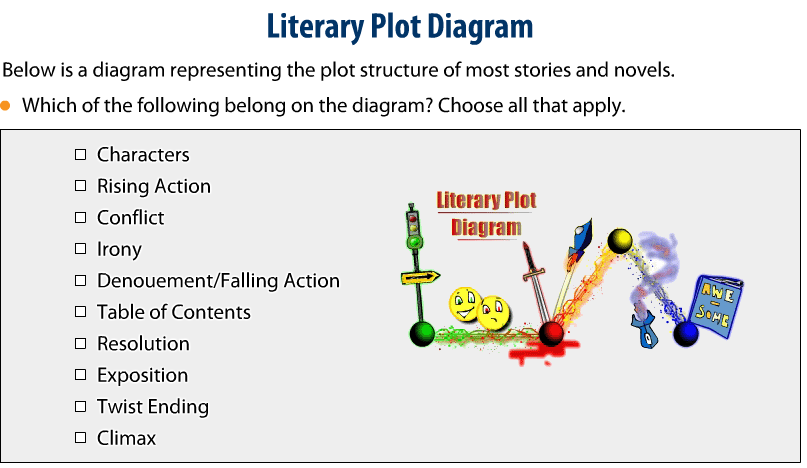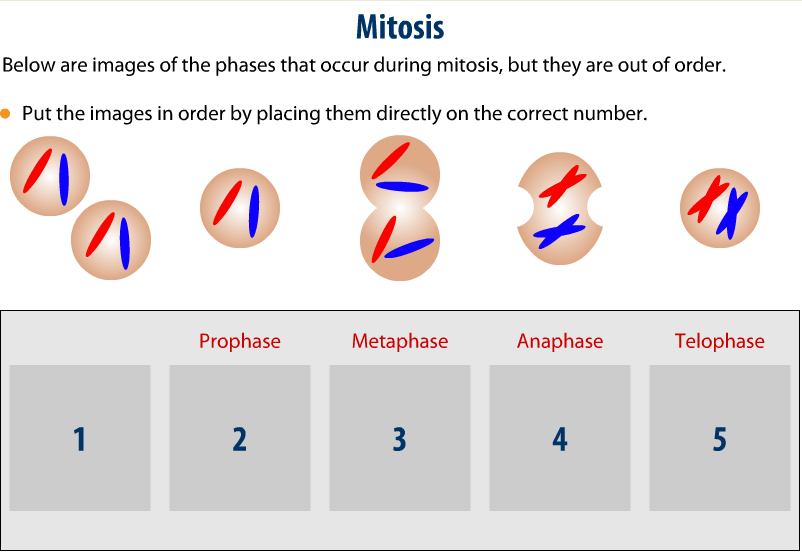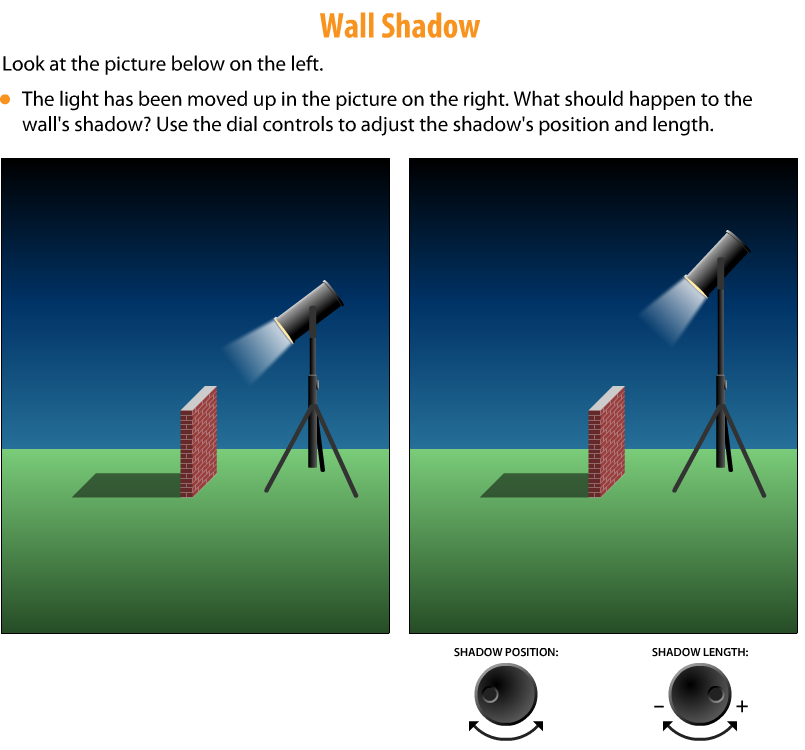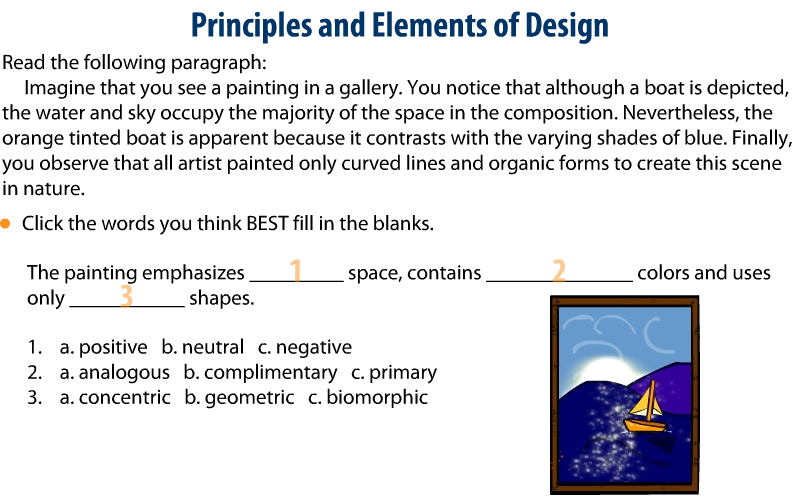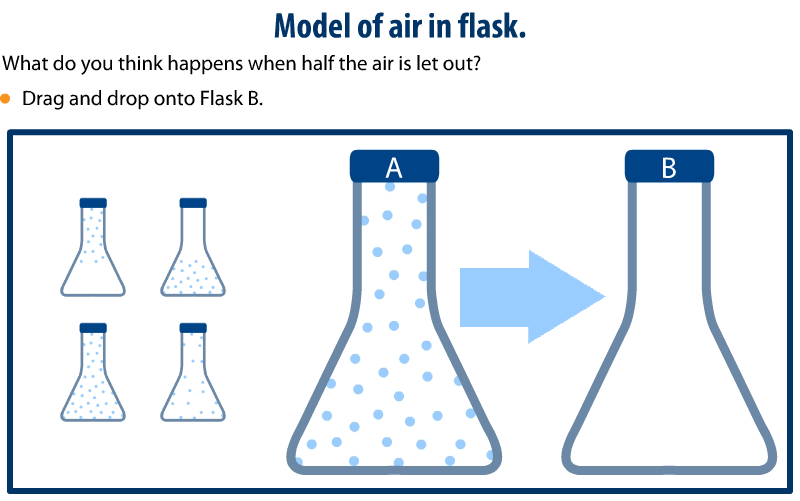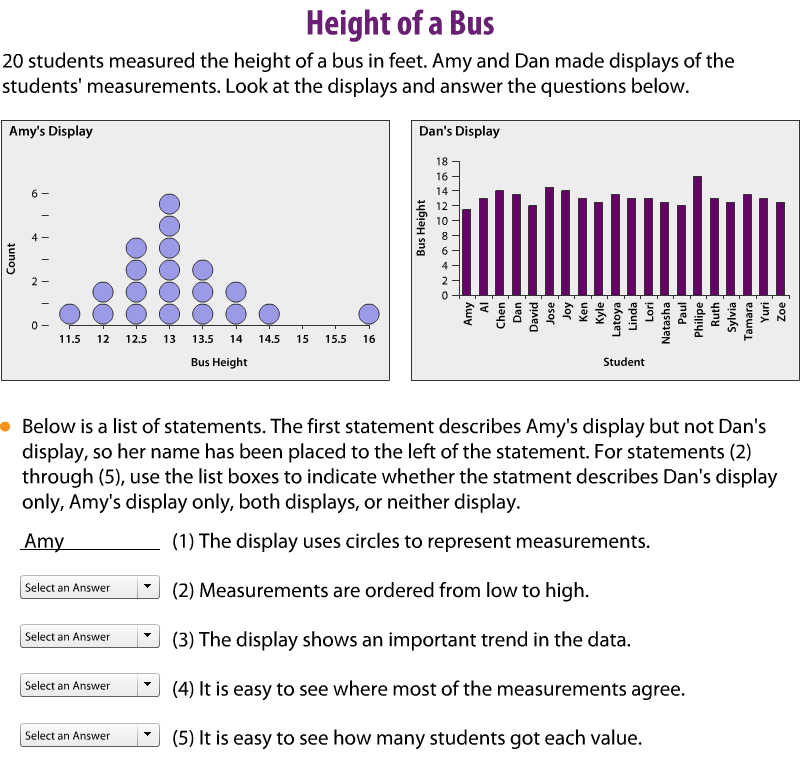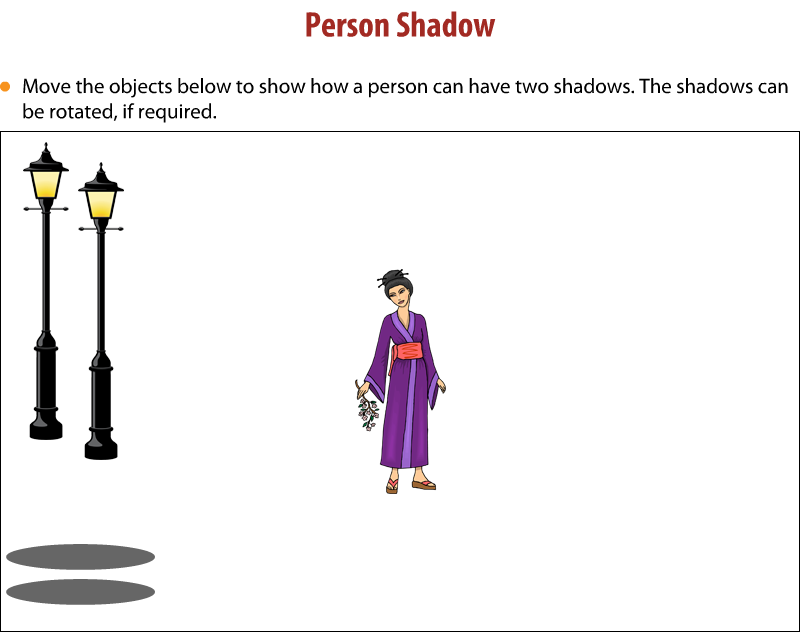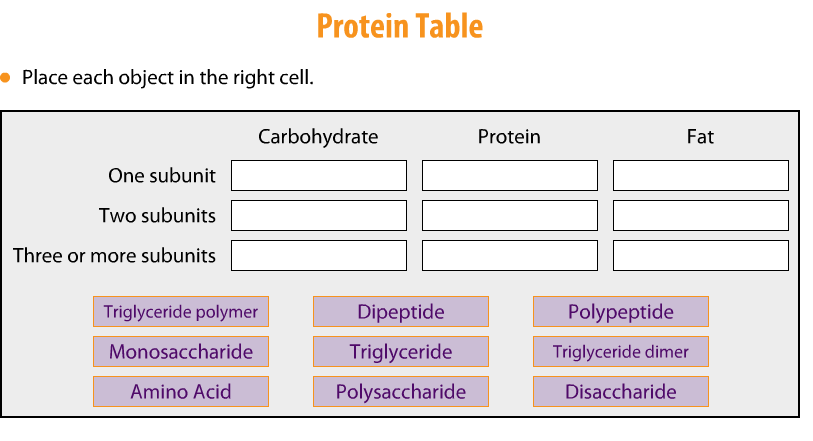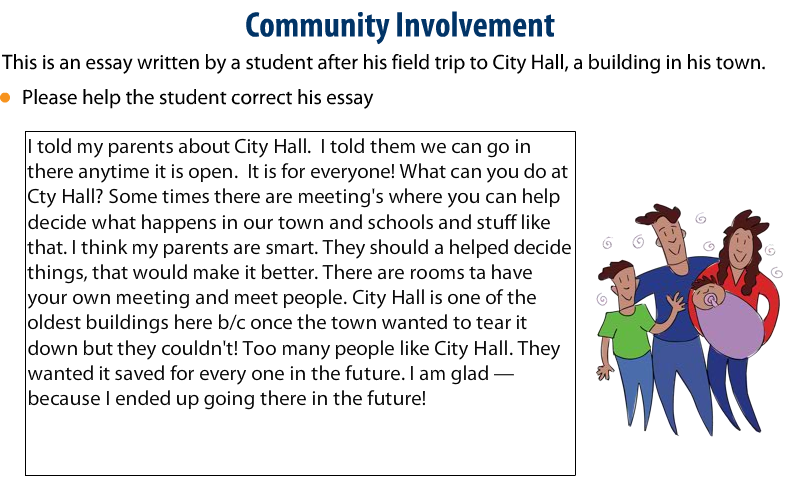Computer-Based Assessment: "Intermediate Constraint" Questions and Tasks for Technology Platforms
Kathleen Scalise, University of Oregon, June 2009
This website introduces a taxonomy or categorization of 28 innovative item types useful in computer-based assessment. The taxonomy describes "intermediate constraint" items. These item types have responses that fall somewhere between fully constrained responses (i.e., the conventional multiple-choice question) and fully constructed responses (i.e., the traditional essay).
Click on each cell of the table to see the example and download source. The intended purpose of the taxonomy is to provide a practical resource for assessment developers as well as a useful framework for the discussion of innovative assessment formats and uses in computer-based settings.*
*Full references for important work on which the taxonomy draws availablehere.See also UC Berkeley Evaluation and Assessment Research (BEAR)(http://bearcenter.berkeley.edu/projects/FADSweb/) for examples of delivery systems.

